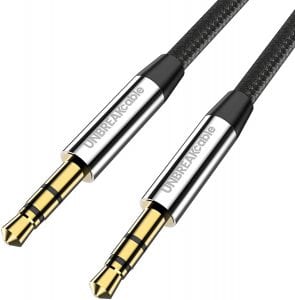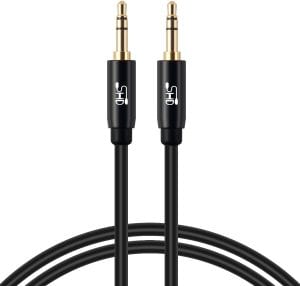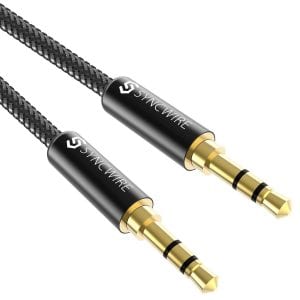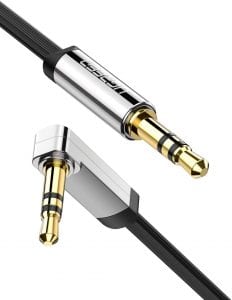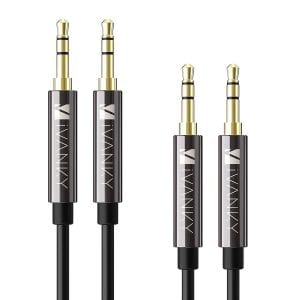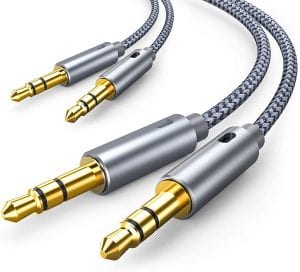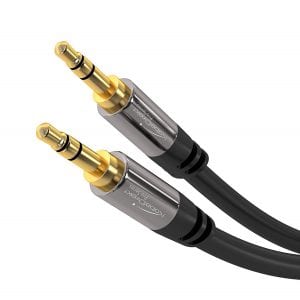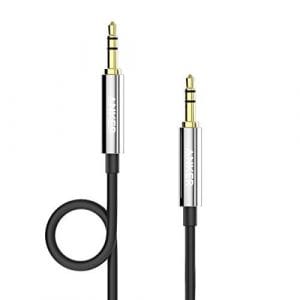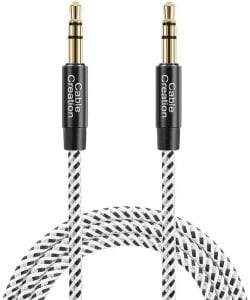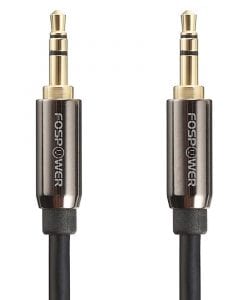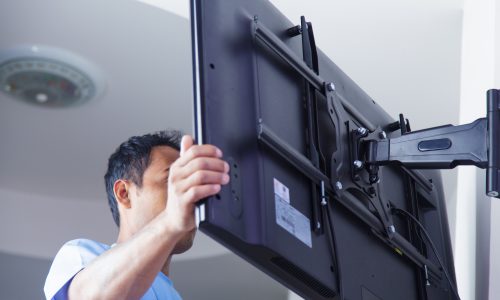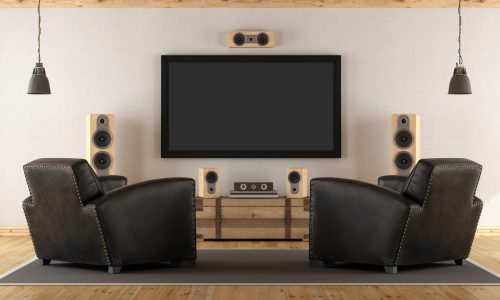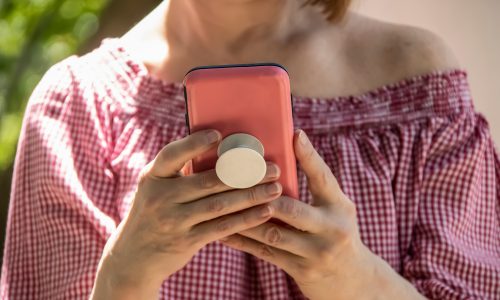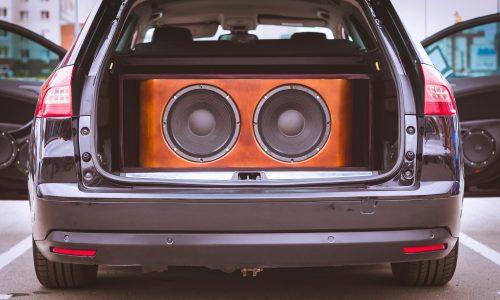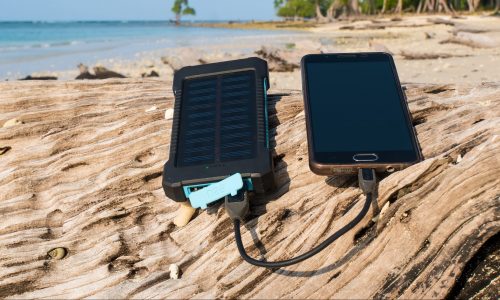The Best Auxiliary Audio Cable
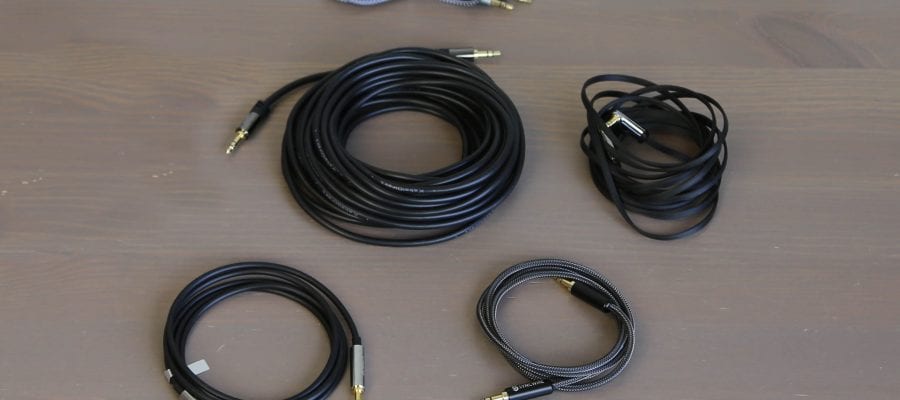
Our Review Process
Don't Waste Your Money is focused on helping you make the best purchasing decision. Our team of experts spends hundreds of hours analyzing, testing, and researching products so you don't have to. Learn more.
Our Picks For The Top Auxiliary Audio Cables
- 1. UNBREAKcable Flexible Nylon Braided Auxiliary Audio Cable, 6.6-Foot
- 2. SHD Gold Plated Connector Auxiliary Audio Cable, 3-Foot
- 3. Syncwire 3.5mm Nylon Auxilllary Audio Cable, 3.3-Foot
- 4. UGREEN 3.5mm Auxiliary Audio Cable, 10-Foot
- 5. iVanky 3.5mm Auxiliary Audio Cable, 4-Foot
- 6. Oldboytech 3.5mm Auxiliary Audio Cable, 4-Foot
- 7. KabelDirekt 3.5mm Audio Auxillary Cable, 10-Foot
- 8. Anker 3.5mm Auxiliary Audio Cable, 4-Foot
- 9. CableCreation Hi-Fi Stereo Auxiliary Audio Cable, 1.5-Feet
- 10. FosPower 3.5mm Auxiliary Audio Cable, 15-Foot
The cord on this auxiliary audio cable measures 6.6 feet, which gives you plenty of room to move around. It's also braided, which provides both flexibility and durability. In fact, it's lifespan is over 15,000 bends!
Braided CordSuperior sound quality is what you'll experience with this auxiliary audio cable, as it's constructed using polished gold-plated connectors.
This auxiliary audio cable is designed to work with all of your 3.5-millimeter devices. It features a real 24-karat gold-plated plug for superior signal transfer. It's also corrosion resistant and outfitted with a tangle-free cable.
Gold-Plated ConnectorsIf a length of 3 feet isn't enough, you can get this auxiliary audio cable in additional sizes that range up to 50 feet.
This nylon auxiliary audio cable is compatible with a wide variety of sources, including mobile devices and cars that have a 3.5mm jack. It comes in two sizes to help you find the perfect length to fit your needs. Polished 24-karat gold plating reduces noise loss and keeps sound quality high.
High Bend LifeThis auxiliary audio cable has been tested with more than 15,000 bends to reduce concerns about breaking.
The flat design of this auxiliary audio cable prevents tangling, while a 90-degree right-angle connector keeps it from protruding too far out. This makes it ideal for a wide variety of environments. The cable is built using TPE, which provides long-lasting reliability.
Great Sound QualityThe oxygen-free enameled copper in this auxiliary audio cable minimizes quality loss to ensure clear audio.
Buying Guide
If you grew up in an era before smartphones and mp3 players, you’re probably all too familiar with auxiliary audio cables. They connected to a jack on your stereo system, then plugged into your headphones so that you could listen to your favorite albums, cassette tapes and, later, CDs. But auxiliary cables didn’t disappear as consumers moved from stereo systems to mobile music devices. In fact, in many ways, we need them now more than ever.
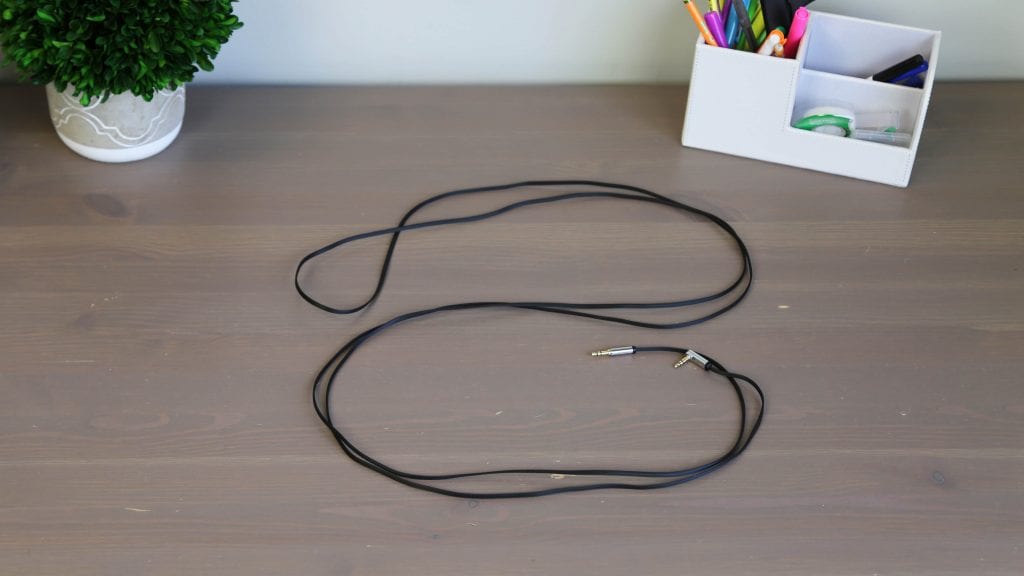
Yes, many over-ear headphones come with a cable that plugs right into a jack, but chances are, you won’t get the highest-quality cable in that format. A dedicated auxiliary cable will be built with the best components to ensure as sound travels to your ears, you experience minimal quality loss. That protects the audio so it comes through crisp and clear, whether you’re listening to your favorite music or a great new podcast.
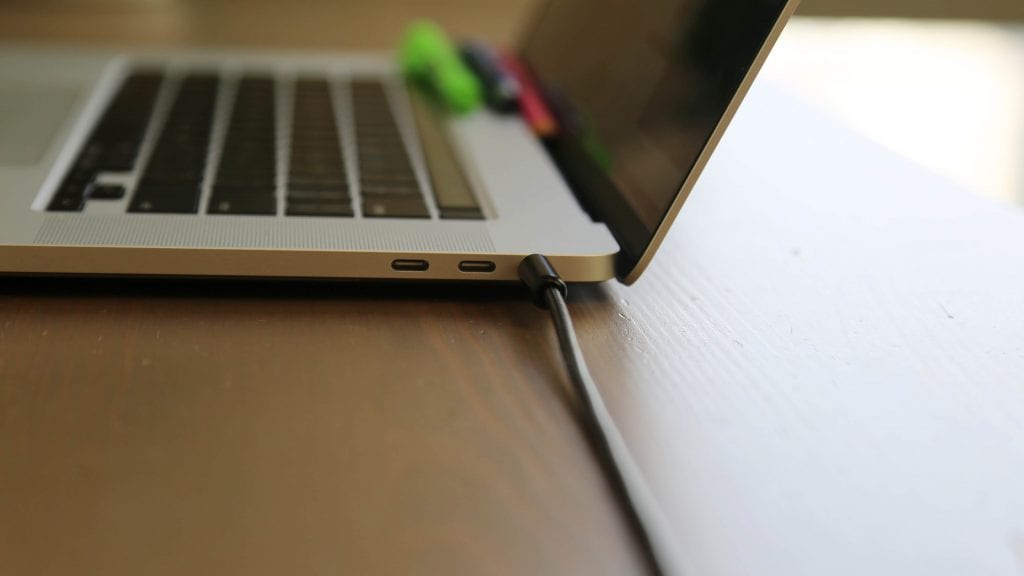
Headphones aren’t the only use for auxiliary cables, though. You can actually use them to connect your smartphone directly to your car’s audio jack. You’ll get much better sound this way than you would through Bluetooth, but some people don’t have Bluetooth as an option. It’s important to check your car to make sure you have the necessary jack before you invest in an auxiliary cable.
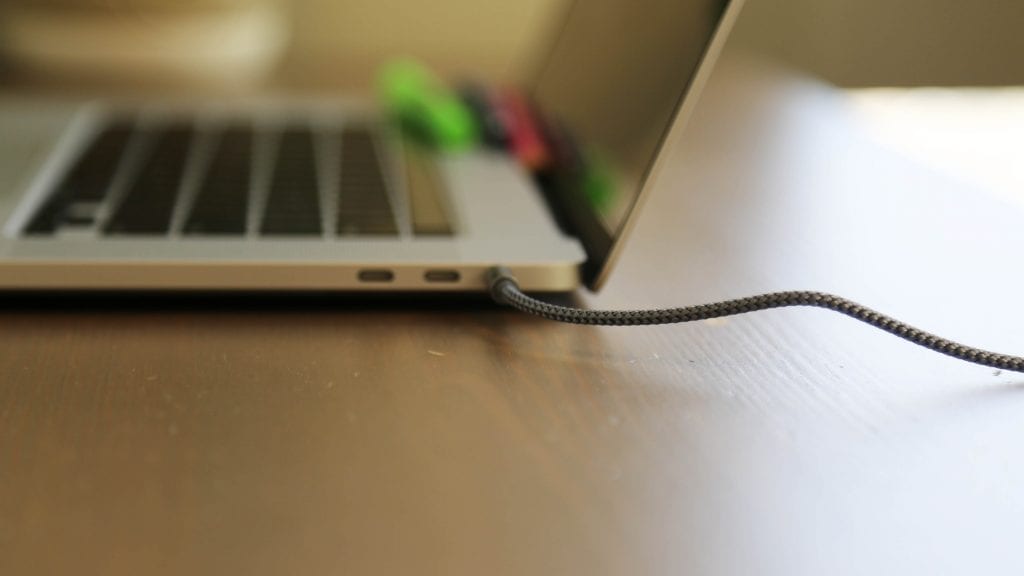
What to Look For
- Sound quality is a top consideration when you’re shopping for audio cables. The material used to make the cable plays a direct role in how well the sound comes through. Materials like copper wire and aluminum casing will protect the audio integrity.
- Before you buy, check compatibility. If you’re trying to use your cable with a specific type of headphone, make sure the wire’s connector fits the type of plug your headphones have.
- Over time, cables can quickly wear out. Many auxiliary cables go through extensive bend testing before becoming widely available to ensure they can stand daily use.
- Few things can be as frustrating as a tangled wire. A flat design will help keep your cable from tangling during storage.
- Consider where you’ll be using your auxiliary cable. You’ll need a certain length to reach from one point to another, but if you choose one with too much length, you’ll end up with messy excess.
- In addition to the source you’ll be connecting your device to, you should also consider the port on the device itself. If you use a case like an Otter Box, you may find that you have to remove it to make the connection.
More to Explore
When it comes to buying auxiliary cables, pay attention to the experts. The gold plating you’ll often see touted for connectors isn’t nearly as important as the wiring itself. Copper and silver are better conductors than gold, so look for those materials in the build of your cable. You’ll also see plenty of manufacturers mentioning that their cables minimize interference, but chances are this won’t even be an issue. You don’t have to spend a fortune to get a good-quality cable, but you may find that if you go for the least expensive option, you’re disappointed in the quality. Look for how the cable is designed to minimize noise degradation before you invest.

